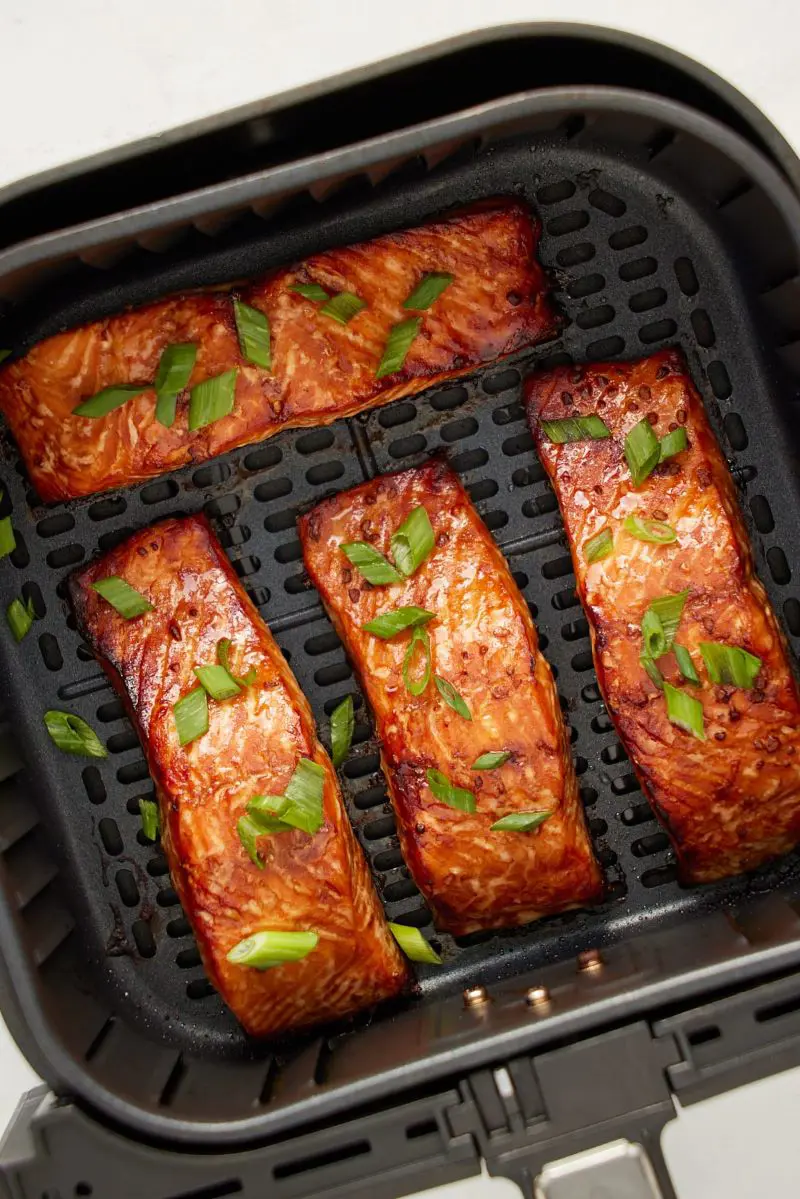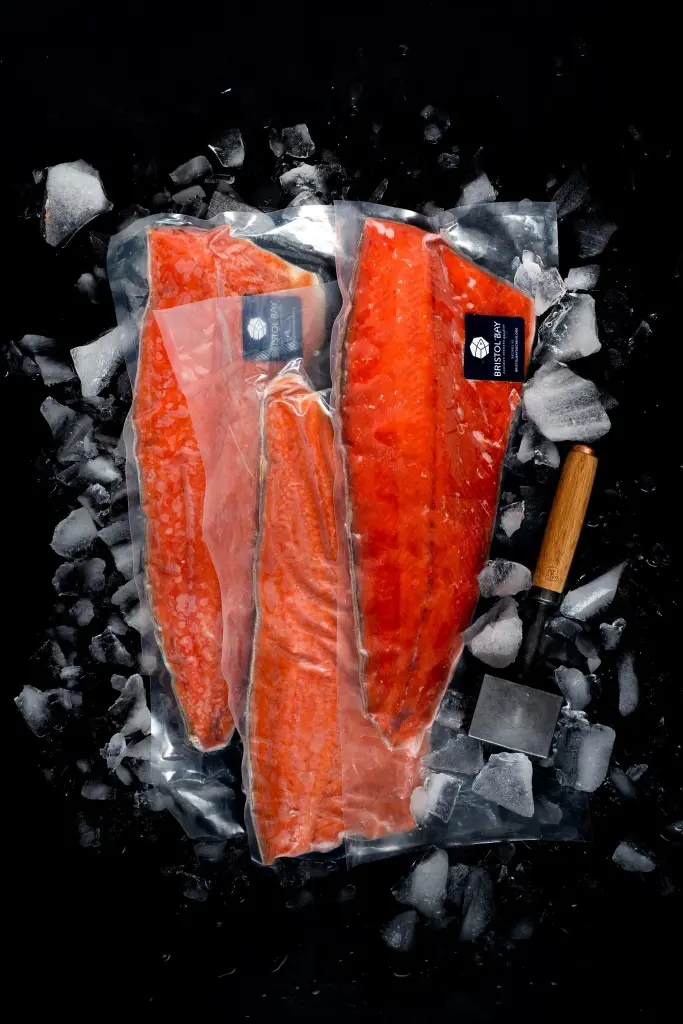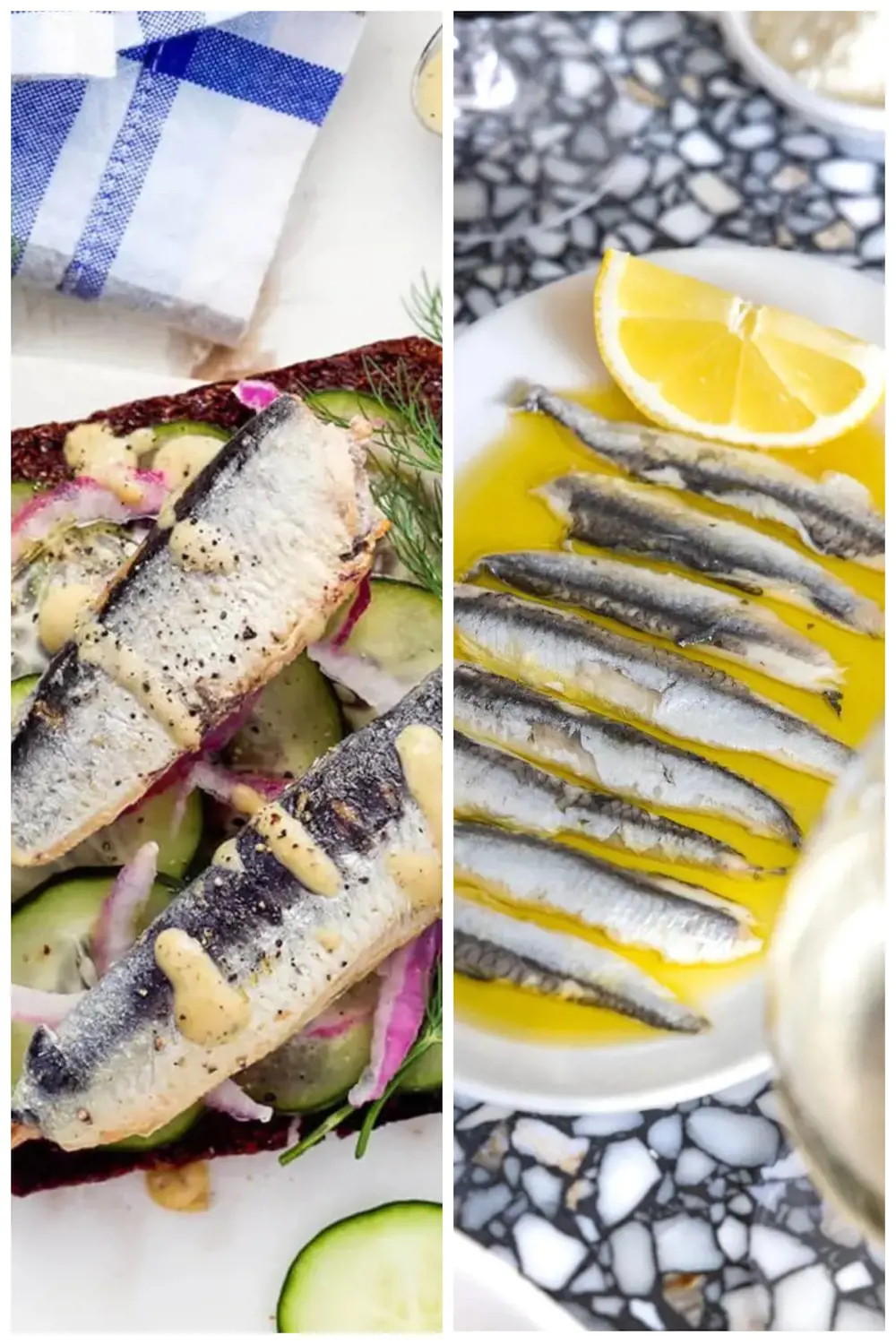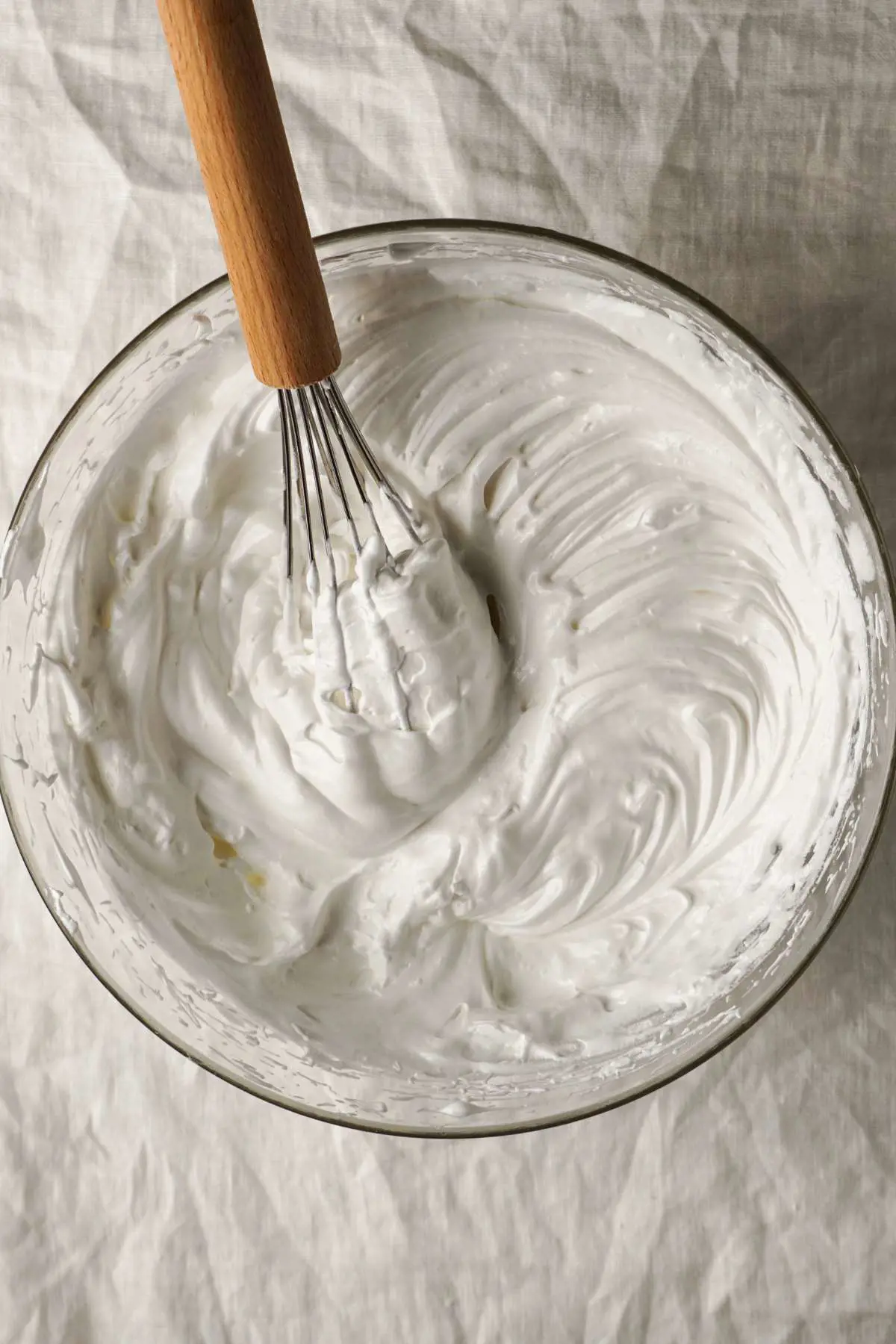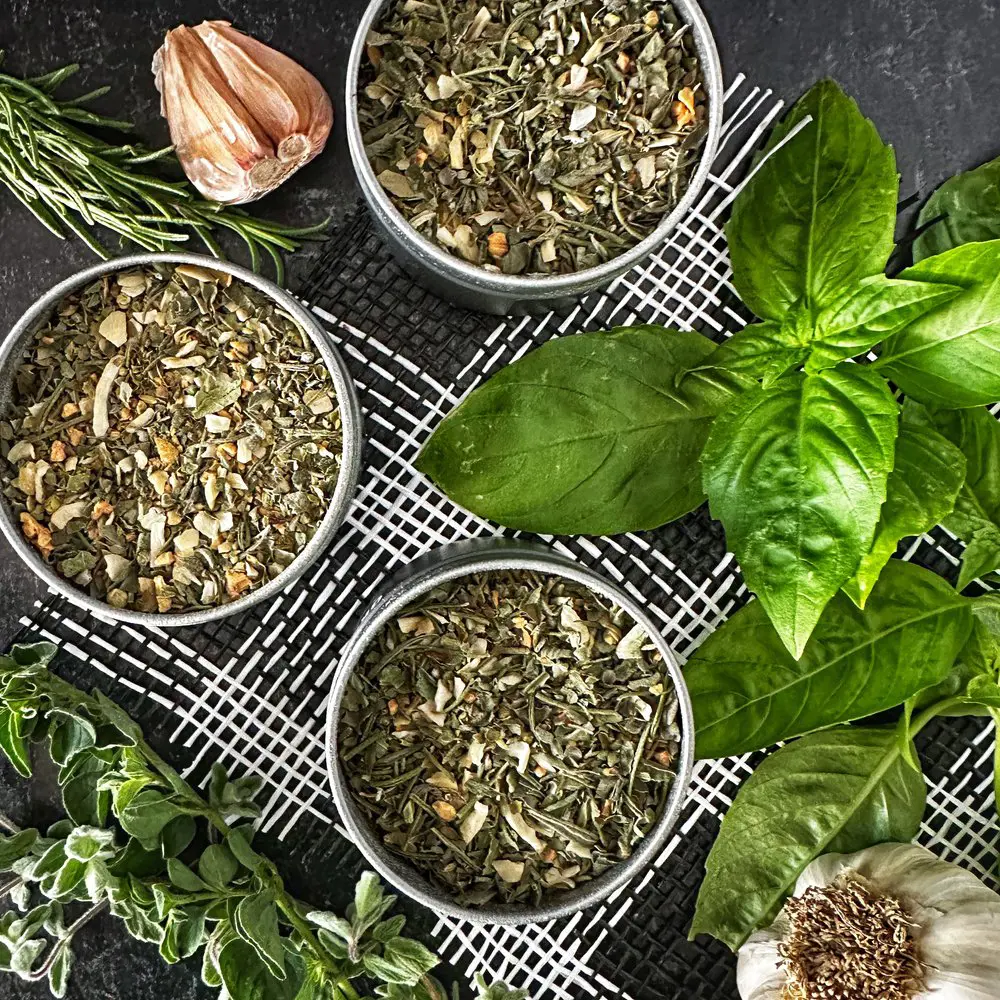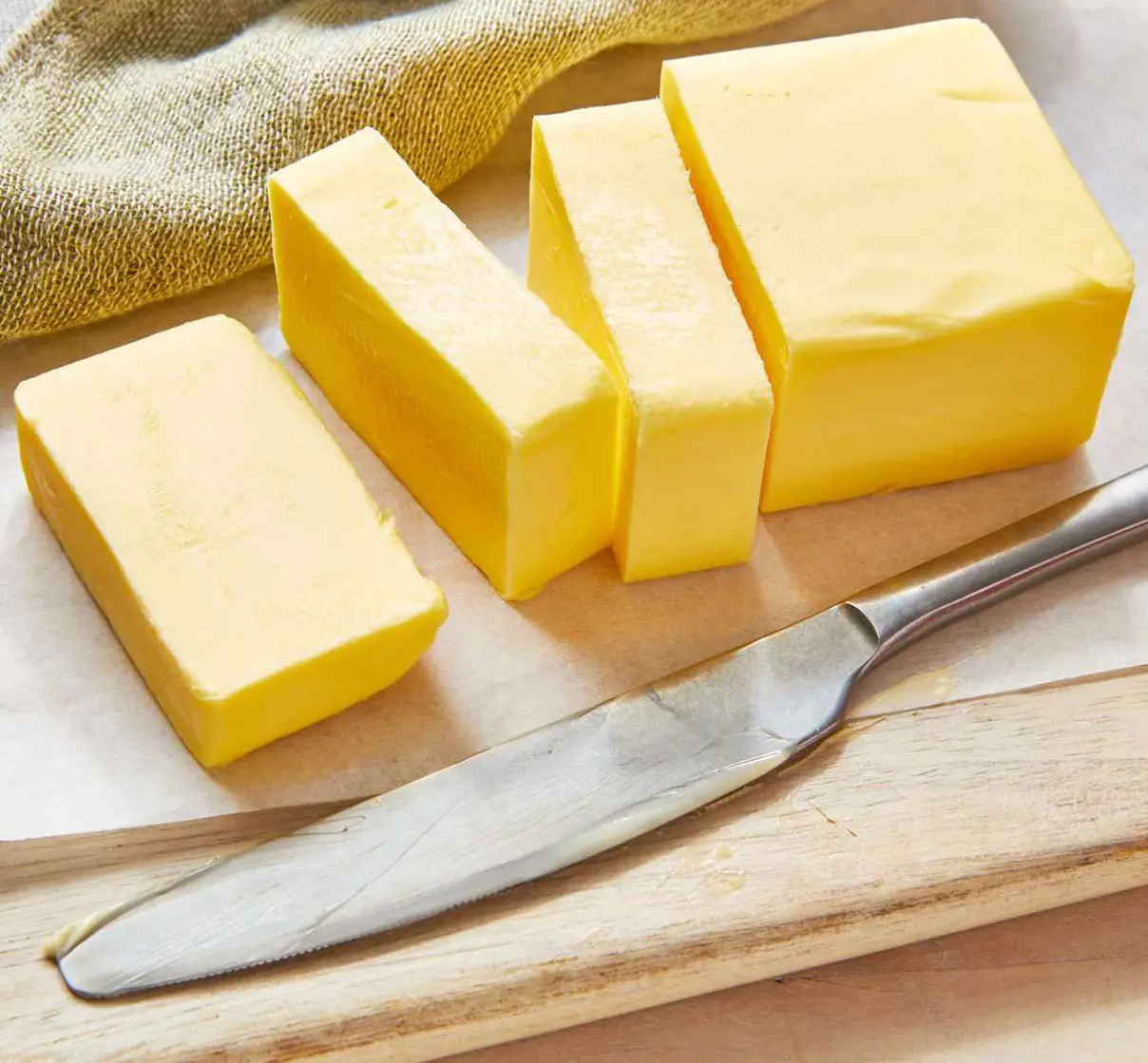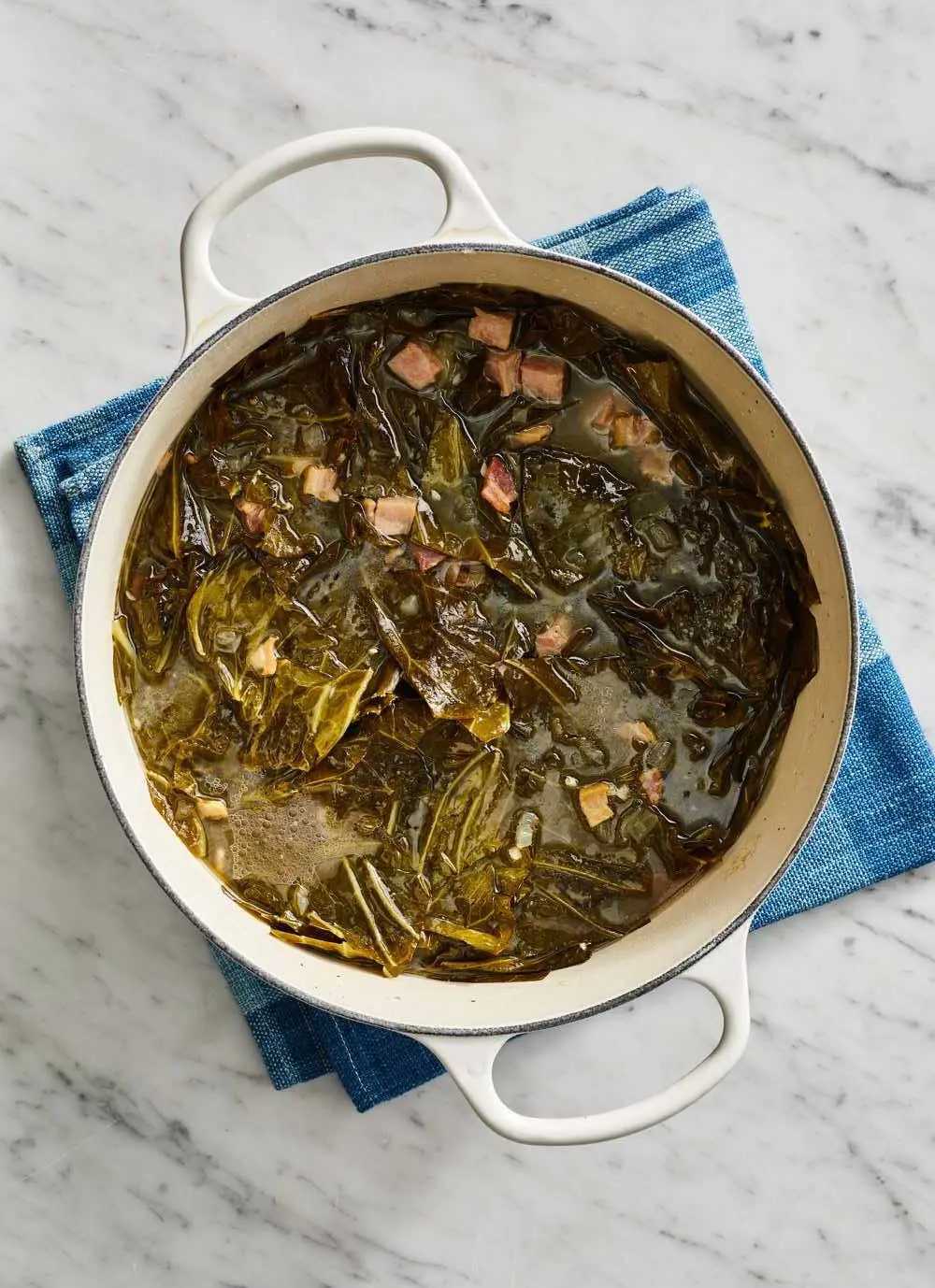19 Types Of Cream And Their Uses Explained
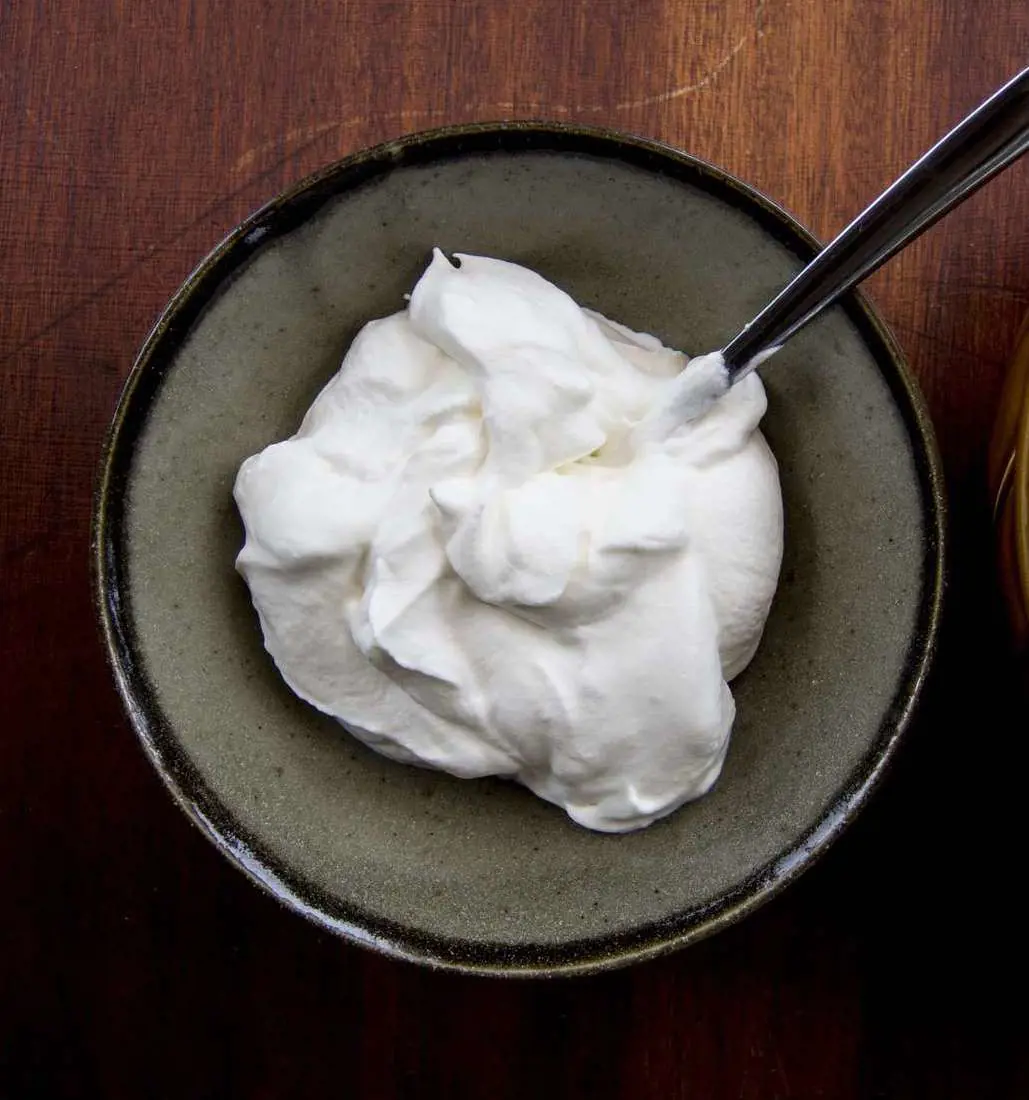
Cream is a rich by-product of milk used in a myriad of culinary applications. Its rich and velvety texture adds a luxurious touch to both sweet and savory dishes.
In desserts, cream is commonly used to create luscious whipped cream, smooth custards, and decadent ice creams. It can be infused with flavors like vanilla or coffee to enhance the taste.
In savory dishes, it adds a silky element to sauces, soups, and gratins. It balances and enhances flavors, creating a harmonious blend of tastes. There are different types of cream depending on the milk-fat concentration and can be used accordingly:
1. Whipped cream
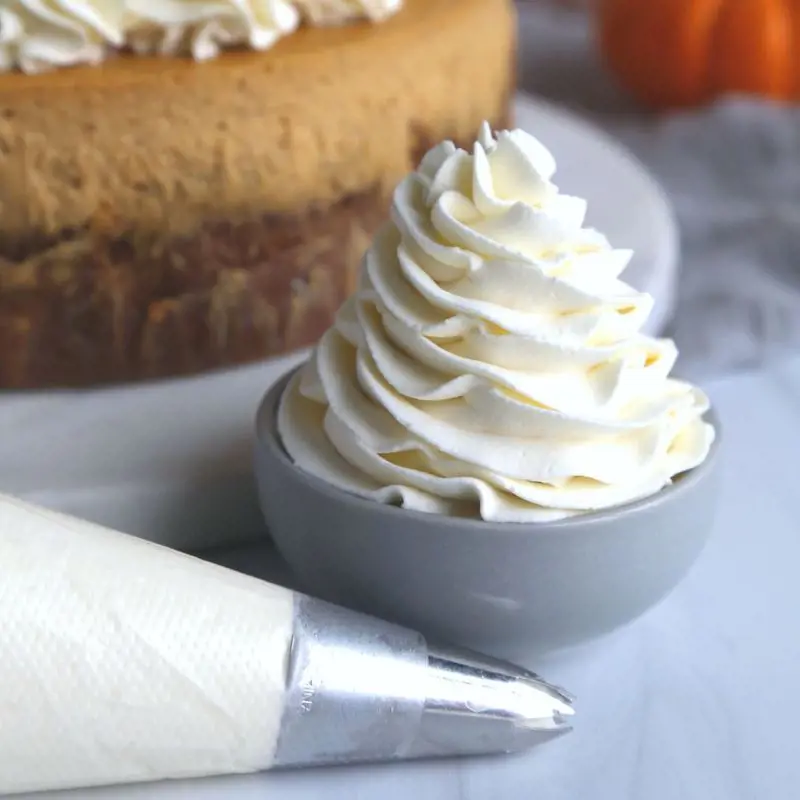
Fat concentration: 30-35%
Whipped cream is one of the most commonly consumed cream variations in dairy products. It is a topping that adds a creamy and decadent touch to various desserts and beverages. Made by beating heavy cream until it forms soft peaks, it is often sweetened with sugar and flavored with vanilla extract.
Its light and fluffy texture makes it perfect for garnishing pies, cakes, and hot beverages like hot chocolate or coffee. Whipped cream can also be used as a filling for pastries or added to ice cream sundaes for extra indulgence. Its smooth and airy consistency, along with its sweet and creamy taste, make it a beloved treat enjoyed by everyone.
2. Heavy cream
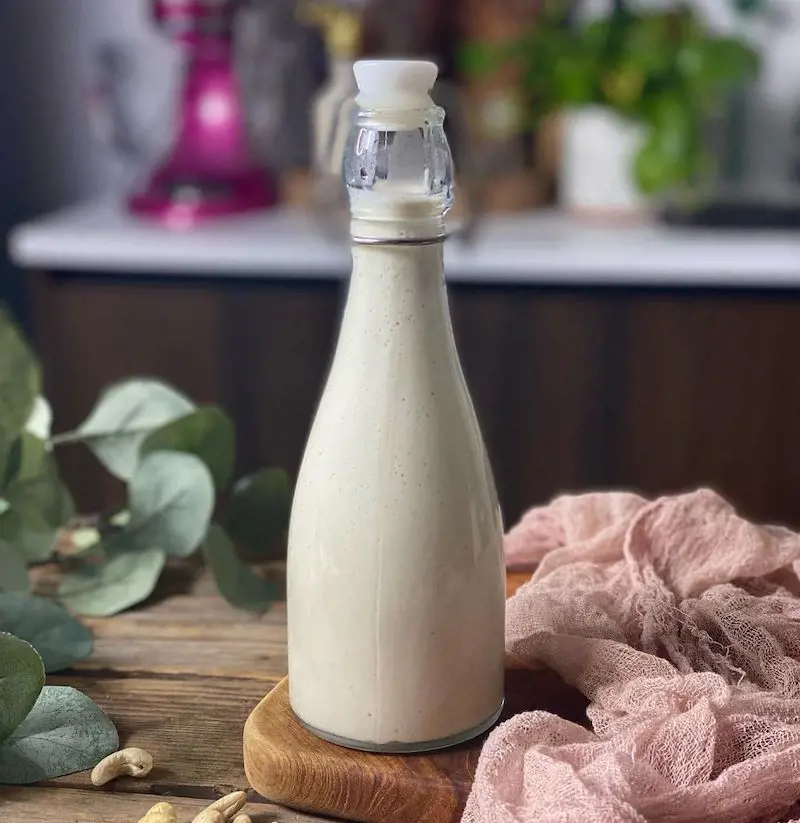
Fat concentration: 36-40%
Heavy cream, also known as heavy whipping cream, is a rich and decadent dairy product commonly used in baking. With a high-fat content, it adds a luscious and creamy texture to various dishes. Its velvety consistency makes it perfect for whipping into soft peaks, resulting in luxurious whipped cream.
Heavy cream is a key ingredient in many desserts, such as ice cream, custards, and mousses. It also adds richness and depth to savory dishes like soups, sauces, and pasta.
3. Light cream
Fat concentration: 18-30%
Light cream falls between heavy cream and half-and-half in terms of richness and fat content. The butterfat content ranges from 18% to 30%. Light cream is often added to sauces, soups, and gravies to enhance their richness and flavor.
It also works well in desserts like custards, puddings, and ice creams, providing a velvety finish. Additionally, light cream can be whipped into a soft and airy consistency to use as a topping for hot beverages, fruits, and pastries.
4. Half-and-Half cream
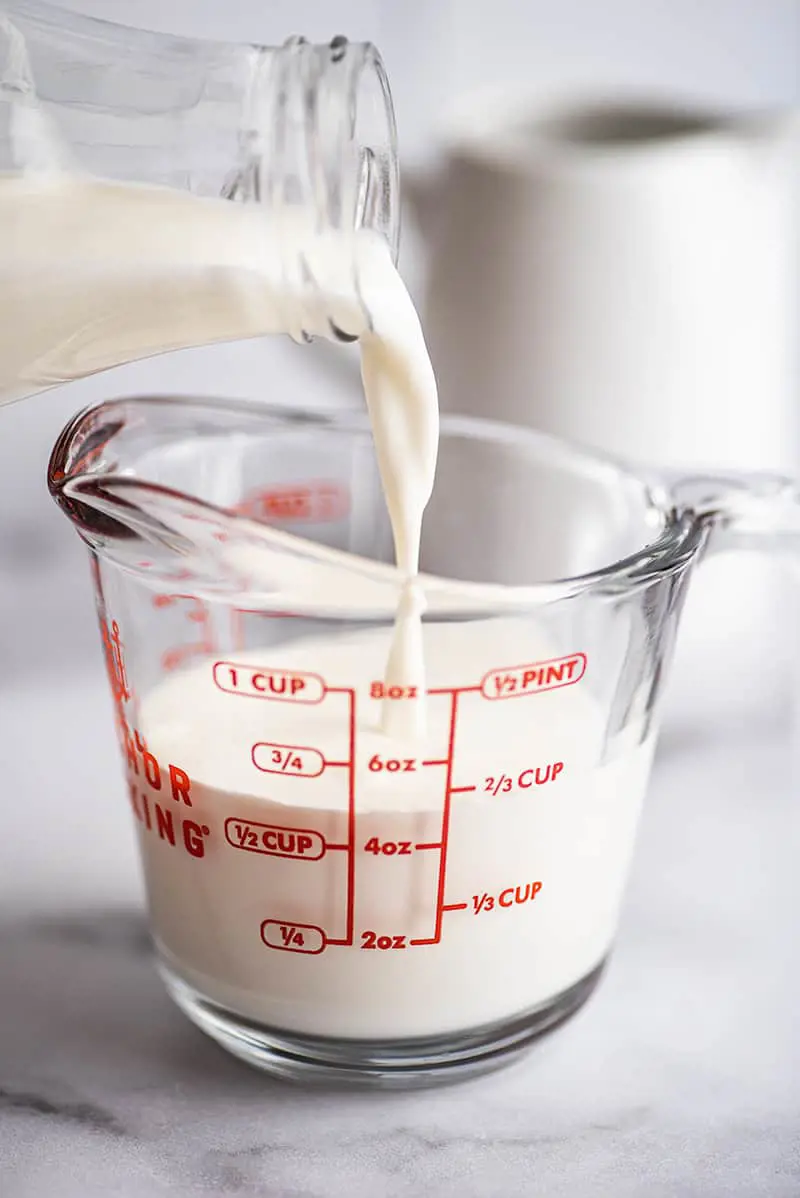
Fat concentration: 10-18%
Half-and-Half cream is prepared with equal parts of whole milk and heavy cream. This cream is commonly used in coffee for a smooth and velvety feel. It can also be used in baking, providing richness and moisture to cakes, pastries, and sauces.
Half-and-Half cream is often used as a base for creating homemade ice cream or as a topping for desserts like pies and puddings. Its balanced blend of milk and cream keeps it light and yet rich. The fat content in light cream is not sufficient for it to be whipped so it used in cream form on top of desserts.
5. Sour cream
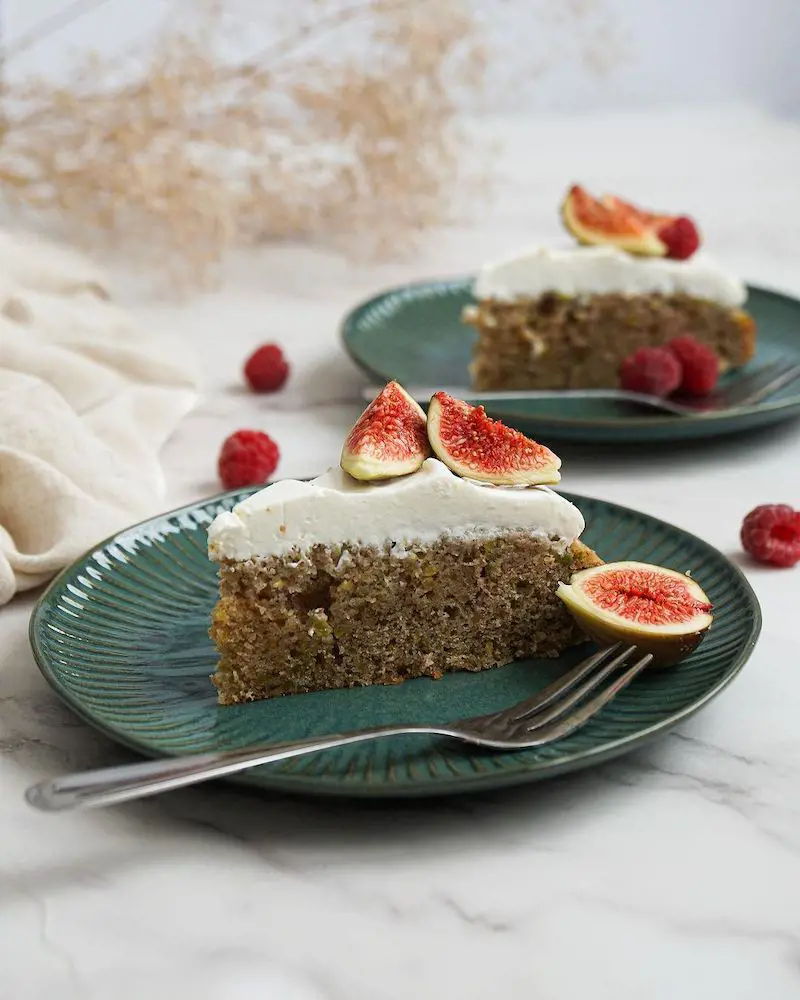
Fat concentration: 20%
Sour cream is differentiated from other cream products due to the fermentation process. The end result is a creamy and tangy ingredient often used as a topping. It is made by fermenting regular cream with lactic acid bacteria, giving it a distinct sour taste.
This condiment has been associated with Mexican cuisine and is also used in baked potatoes, nachos, and soups. Sour cream also serves as a base for dips, dressings, and desserts, enhancing their taste and adding a pleasant tang. Some variation of the good ol' sour cream serves as a probiotic. This helps promote gut health and digestion.
6. Clotted cream
Fat concentration: 55%
Also known as Devonshire cream, clotted cream is a thick and indulgent dairy product originating from the southwest of England. It is made by slowly heating unpasteurized cow's milk and allowing it to cool, causing the cream to rise and form a thick layer on top. This cream is then carefully skimmed off and collected, resulting in a rich and velvety texture.
It is often enjoyed as a spread on scones, paired with jam, and served as a quintessential component of traditional afternoon tea. Since it is an easy procedure, homemade clotted cream is quite famous in England. Besides tea, it is also used in puddings, ice cream, and pancakes.
7. Double cream
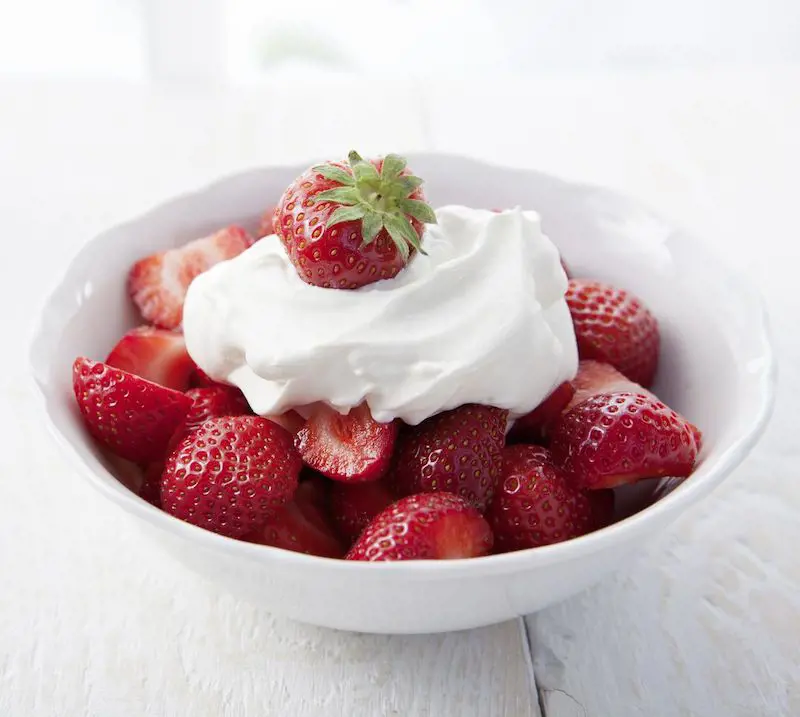
Fat concentration: 48%
Double cream lives up to its name with the highest fat content in all the cream. It is luscious, thick, and extremely rich. This cream also whips easily and is very easy to make at home; however, you have to start with that has 35% fat. It is also possible to thin this cream to make light cream by adding low-fat milk.
It is used to create decadent desserts like mousses, puddings, and ice creams. It can also be used to enhance savory dishes, adding a velvety smoothness to soups, sauces, and curries. Double cream is a popular choice for making homemade butter, as the high fat content allows for easy separation. It can be poured over fresh fruits or used as a topping for pies, cakes, and scones.
8. Single cream
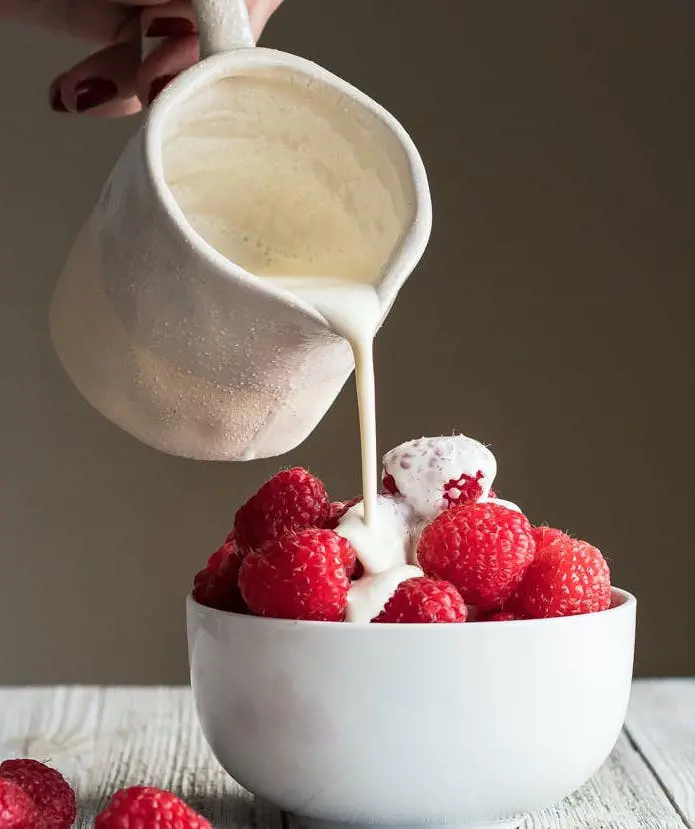
Fat concentration: 18%
Single cream is a richer variety of milk with about 18% fat content. It is similar in consistency and taste to light cream. The thin consistency works well for pouring over fresh fruits, cakes, and puddings.
Since it is not as heavy, it can be easily incorporated into savory dishes like creamy pasta sauces or soups. This cream is extremely difficult to whip as it has low fat and cannot be used to prepare butter. Nevertheless, if you're looking for something creamy and yet light, single cream is the one to go for.
9. Coffee cream
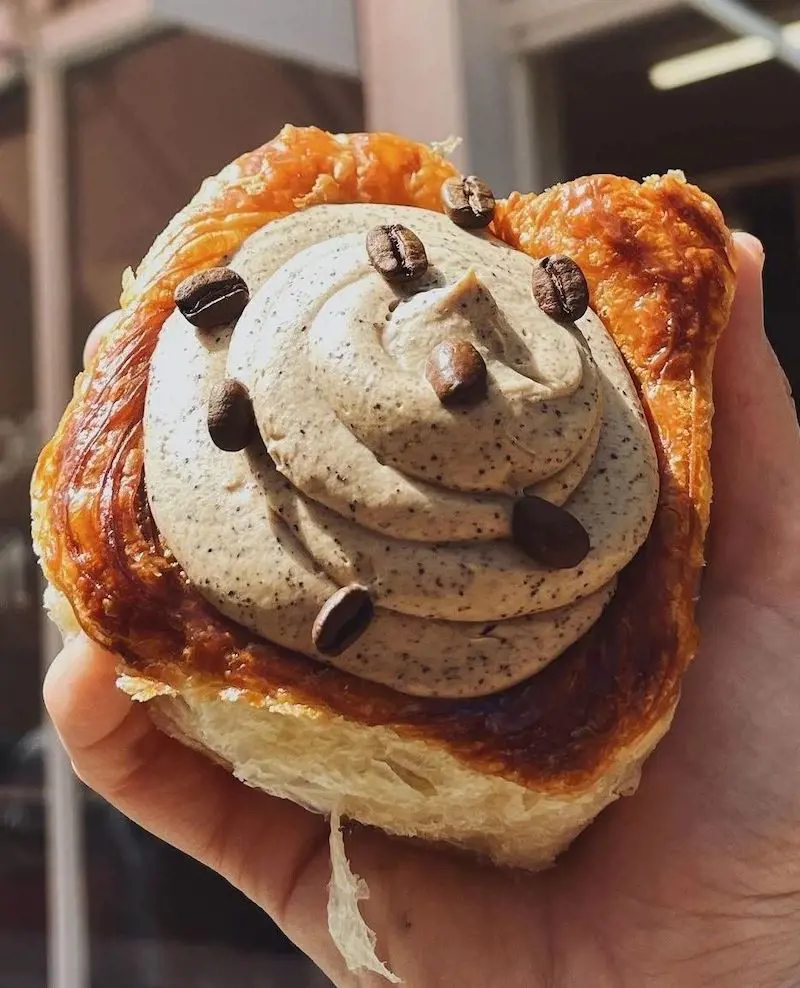
Fat concentration: 16-25%
Coffee cream is made with simple ingredients, coffee and milk. It is made by combining fresh cream with coffee flavoring, resulting in a delightful taste. The bold flavors of the coffee is complemented by the luscious consistency of this cream.
Coffee cream is a popular choice for those who prefer a milder and sweeter coffee taste, especially during a cold day. This cream can also be used in other sweet dishes like coffee cake, puddings and tiramisu.
10. Creme fraiche
Fat concentration: 30%
Creme fraiche is similar to sour cream except that it is made with fresh cream. Popularized by French cuisine, creme fraiche is easy to make and can be used as a thickener. It is made by fermenting heavy cream with lactic acid bacteria, which gives it a slightly sour taste. Due to its high fat content, creme fraiche does not curdle easily when heated so it can also be used in sauces and dressings.
It is commonly used as a topping for soups, stews, and desserts. It is also easily blended with herbs and citrus as a topping for meat.
11. Mascarpone cream
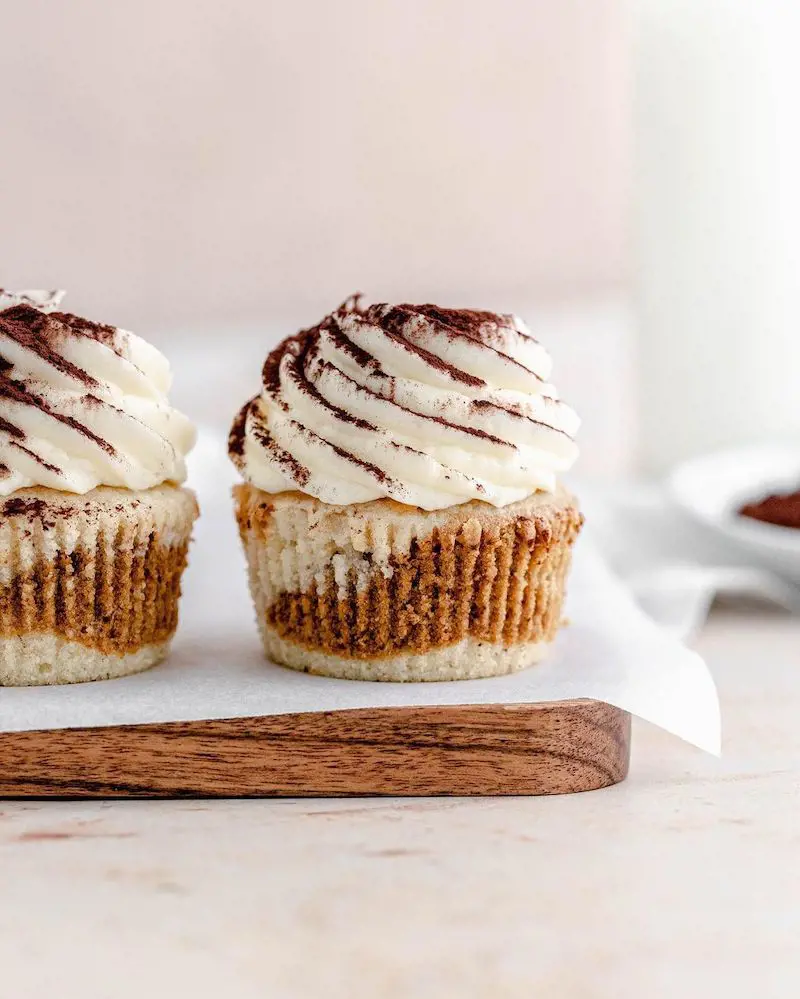
Fat concentration: 45-55%
Mascarpone cream is a product of Italy and is made via direct acidification of fresh cream. You start with a light cream with about 18% fat which is then curdles to produce 45% fan content. Mascarpone cream often falls under the category of cream cheese because of its texture and fat content. 100 grams of mascarpone cream has up to 40 grams of fat.
This cream can be used in lush Italian dishes like custards and tiramisu. You can even use this as the cream cheese for your favorite cheesecake recipe. Also, try using this as an icing for your cake and other desserts.
12. Coconut cream
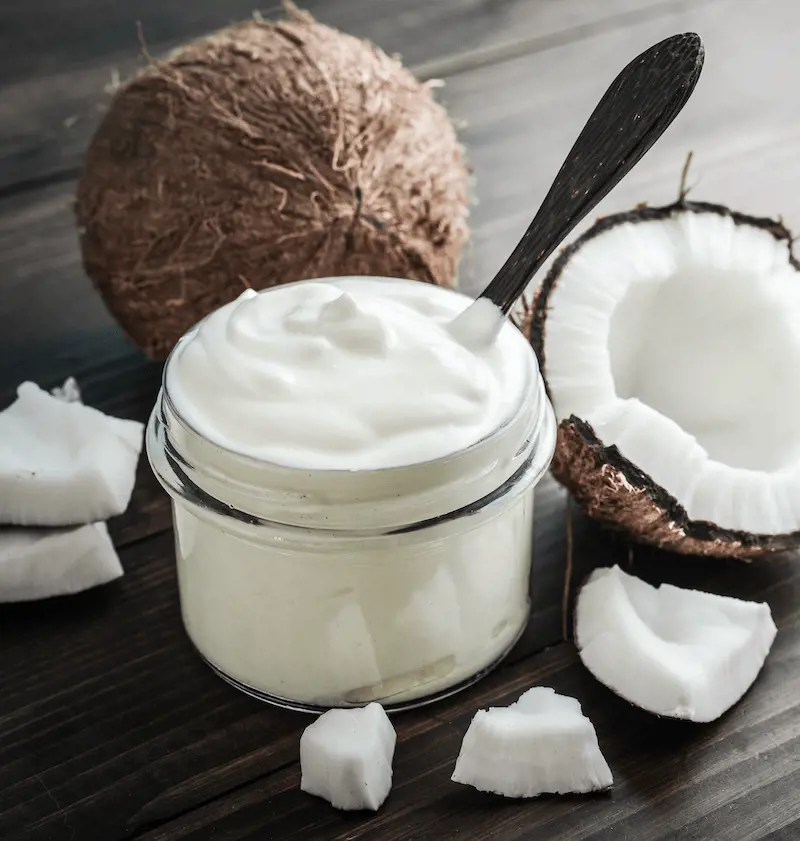
Fat concentration: 19-22%
This condiment is derived from the flesh of mature coconuts. It is extracted by grating the coconut meat and then squeezing out the liquid. This thick and velvety cream has a distinctly tropical flavor which works well with some desserts. It is commonly used in Southeast Asian cuisine, particularly in curries, soups, and desserts like coconut cream pie or coconut ice cream.
Often used as a popular dairy-free alternative for vegan and lactose-intolerant individuals, it is a healthier version of a heavy cream. Canned version of this condiment are easily available in supermarkets.
13. Almond cream
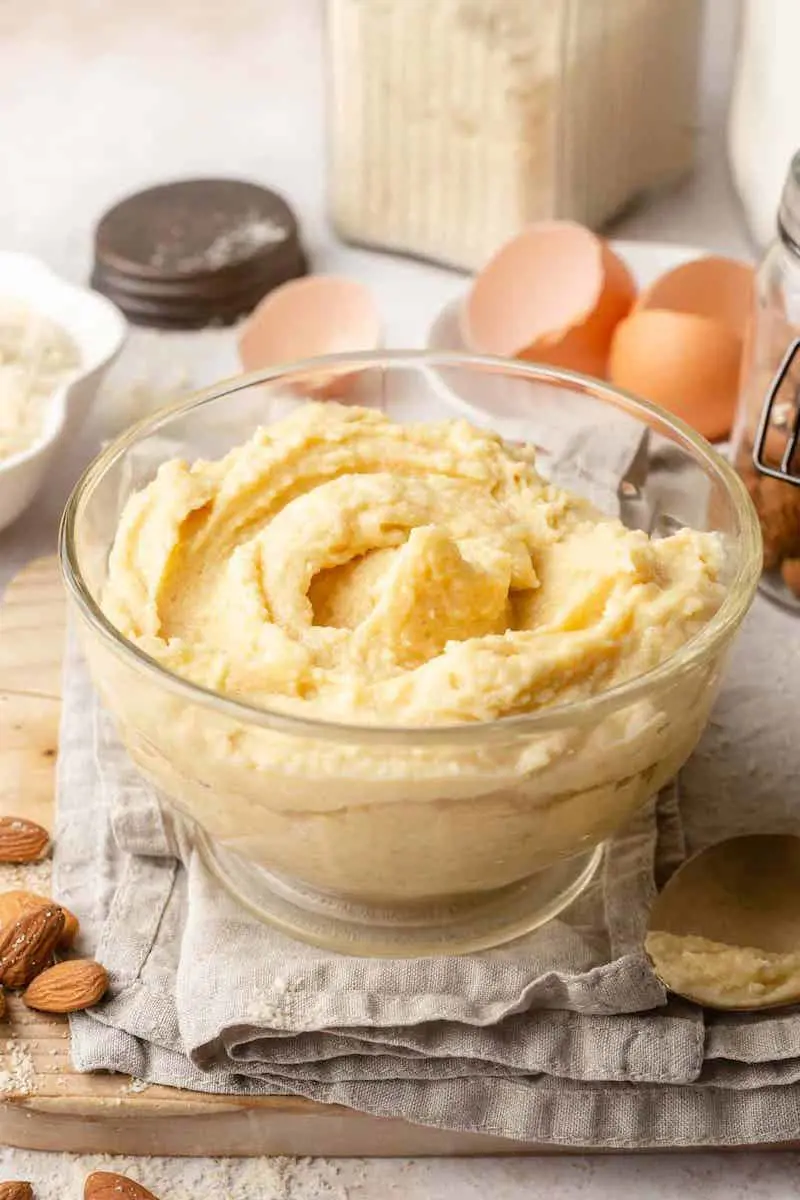
Fat concentration: 52%
Similarly to coconut cream, Almond cream is also an alternative for dairy cream. It is made from ground almonds, sugar, and sometimes milk or cream. It has a rich and nutty flavor with a hint of sweetness. Almond cream is commonly used in pastries, cakes, and tarts, adding a luscious and indulgent element to any dessert.
It can also be paired with various fruits, chocolate, or even savory dishes. It is easy to prepare and can be stored for a few days. The nutrition and hydration of almond cream results in its use in skincare as well.
14. Ice cream
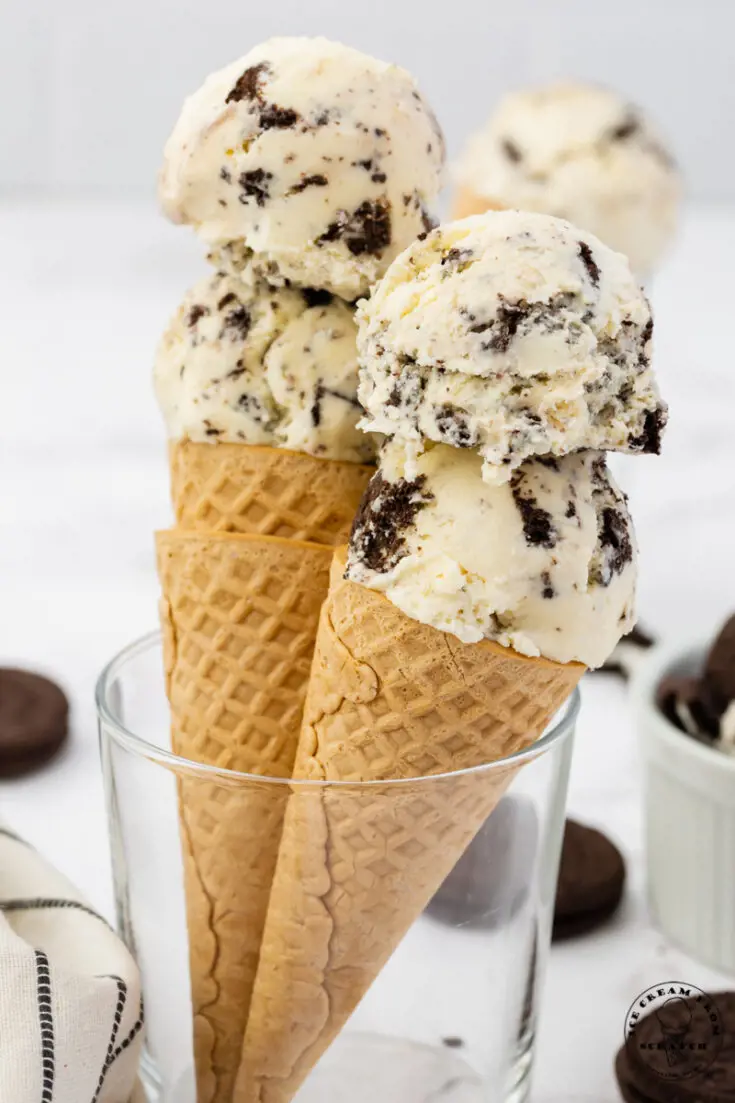
Fat concentration: >18%
This beloved frozen dessert is enjoyed by people of all ages around the world. It is made from a mixture of milk, cream, sugar, and flavors, and is typically churned to create a creamy texture. Ice cream comes in a wide variety of flavors, ranging from classics like vanilla and chocolate to unique combinations like cookie dough or salted caramel.
It can be served in cones, cups, or as an accompaniment to other desserts. Despite being a dessert on its own, it serves as a perfect base for creating delicious desserts like ice cream sundaes, banana splits, or ice cream cakes. It is also a popular topping for warm desserts like pies, brownies, or pancakes, creating a delightful contrast of hot and cold.
15. Chantilly cream
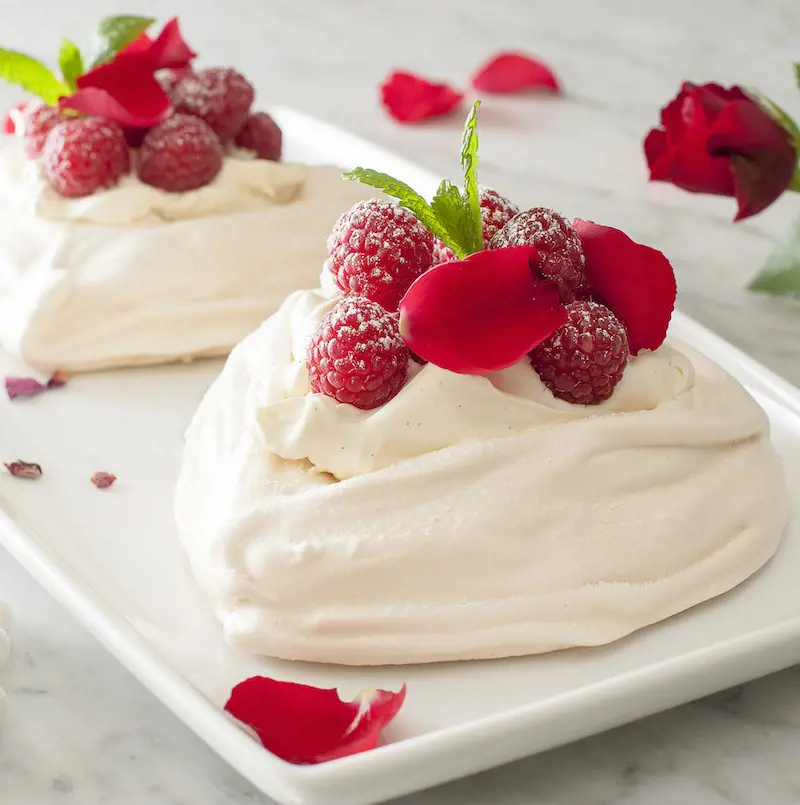
Fat concentration: 30-40%
Chantilly cream walks the thin line between frosting and dessert. It has a light and fluffy texture with a rich and creamy flavor. It is made by whipping heavy cream with sugar and vanilla extract. Even though the use of Chantilly cream wasn't popularized until the 1990s, the concept of sweetened whipping cream dates back to the 1700s.
Chantilly cream can also be flavored with various additions like cocoa powder, liqueurs, or fruit purees for a delightful twist to classic recipes. It can accompany fresh fruits like strawberries and pineapples. Another fun use of this cream is with fresh cookies.
16. Flavored cream
Fat concentration: 20-25%
This next cream type is rather a category of creams. One of the easiest ways to increase the richness of your dessert is by adding a flavored cream. Flavored cream allows you the freedom of catering to one particular dish. From classic options like vanilla and chocolate to more exotic choices like caramel, mint, or strawberry, there is a flavor to suit every palate.
It can be used to enhance a cup of coffee, top a slice of pie, or create a decadent milkshake. Some of the most common flavored creams are chocolate cream, vanilla cream and mint cream.
17. Long Life cream
Fat concentration: 30%
Long Life cream is a thickened ultra-pasteurised cream that has a higher shelf life than other creams. It is prepared by treating the milk at 280 degrees only for 2 seconds which is then chilled. The high temperature kills bacteria that could ruin the shelf life of the cream. The high heat also alters the cream's taste and texture, resulting in a slightly cooked flavor and a thicker consistency.
This cream is commonly used in the production of whipped cream, ice cream, and other dairy-based desserts due to its stability and ability to hold its shape. It is also utilized in the creation of rich sauces, soups, and dressings.
18. Hazelnut cream
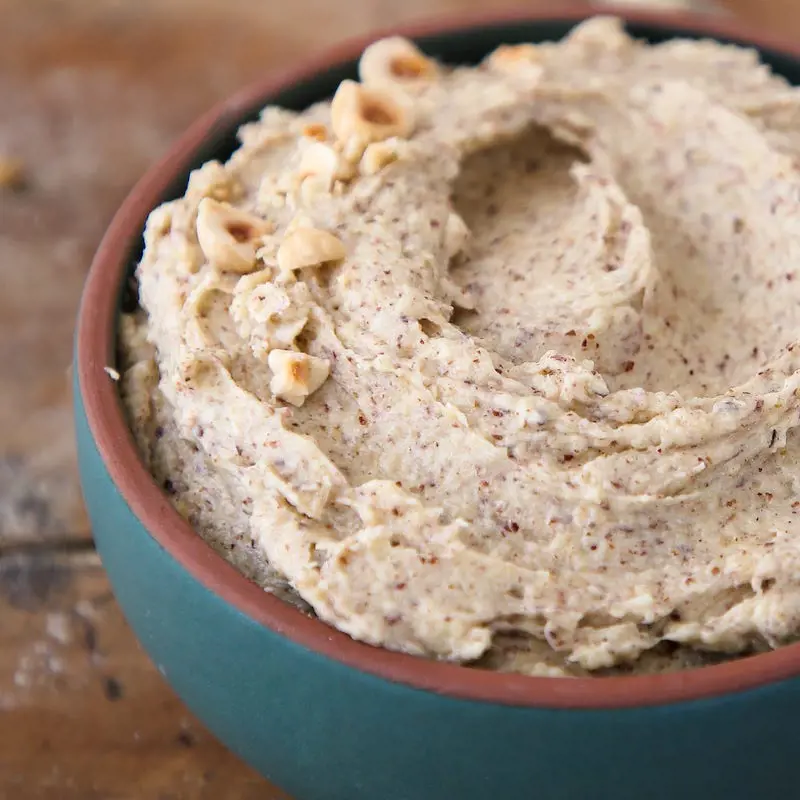
Fat Concentration: 18%
It is in the form of a baked custard with creaming butter and sugar followed by the addition of hazelnut flour. The taste is similar to browned butter and hazelnuts and can be used in cakes and tart fillings. Hazelnut cream is often used as an alternative to almond cream in tarts.
If you're a fan of hazelnuts, this is a delightful treat for your palate. It is also a healthier alternative to dairy creams which low saturated fat.
19. Irish cream
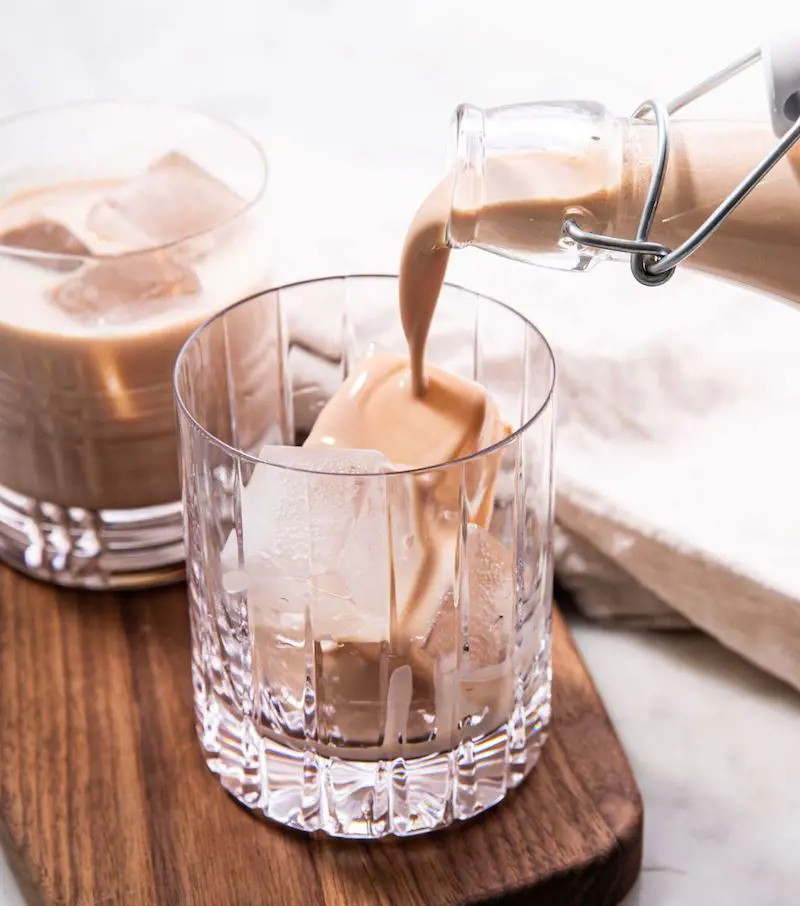
Fat concentration: 15%
Irish cream is a creamy liqueur that originated in Ireland. It is made by blending rich dairy cream, Irish whiskey, and a hint of chocolate and vanilla flavors. It contains at least 1% Irish whiskey. This smooth and indulgent beverage is often enjoyed on its own, over ice, or as a key ingredient in various cocktails.
The combination of the velvety texture and the sweet, slightly boozy taste makes it a popular choice for those looking for a luxurious drink. Irish cream is also commonly used to enhance desserts, adding a delightful twist to coffee, hot chocolate, or even ice cream.
Recent posts
Kitchen Tips
Kitchen Tips
Best Ways To Reheat Salmon
Salmon is a delightful fish that is consumed by many people. The reason is its flavors and nutritional benefits. Whether be it a normal dinner night or any occasion, you will find salmon on the plate. Having leftover salmon makes you think how ...
Kitchen Tips
3 Methods To Defrost Salmon Without Ruining It
Salmon makes everyone delighted at dinnertime, and it's easy to see why. While fresh salmon from the store tastes wonderful, sometimes life gets too busy for shopping trips. That's when frozen salmon becomes your kitchen hero! With the right defrosti...
Kitchen Tips
Sardines vs Anchovies: What Sets These Pungent Fish Apart?
Sardines and anchovies are both types of small, oily fish that are widely used in food around the world. Both sardines and anchovies are marine or saltwater fish. They are commonly found in coastal waters and are part of the vast array of species tha...
Kitchen Tips
14 Heavy Cream Substitutes For Cooking
Heavy cream, also known as heavy whipping cream, is a luxurious dairy product celebrated for its rich and velvety texture. The cream is made by skimming the fat content from fresh cow's milk with about 36-40% milk fat. However, there are severa...
Kitchen Tips
20 Best Italian Herbs And Seasoning Spices
Italian cuisine is known for its simplicity and the use of locally produced, high-quality, fresh ingredients. One of the reasons behind this is the skillful use of herbs and spices to enhance flavors and create diverse taste profiles. Depending on wh...
Kitchen Tips
15 Butter Replacement Products When You Run Out Of It
Butter makes everything better. It is a kitchen staple that can be found in pretty much everyone's pantry. From baking to sauteeing, we use this ingredient in the kitchen pretty much every day. So, it is natural for us to look for alternatives for da...
